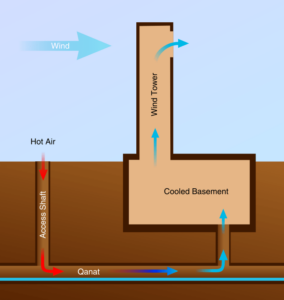2A BLOG
Circular economy
MAKE, USE, RECYLE

Adrian Alderman,2024
Linear economy adopts the concept of “take, make, dispose”, throughout recent history, mankind has functioned in a manner that “seemed” the most efficient, mostly teaching what has been passed on to them. Due to factors like poverty and war, people rarely had the chance to reflect on their actions and whilst the consequence of the actions were not quite as magnanimous and clear as they are now. There was no reason to welcome change, it is only recently that a light has been shed on the dangers of such concepts and poorly interrogated methods. As the consequences of linear economy became increasingly harder to ignore, the main issue is the lack of research alongside the lack of ability to look beyond the process of production, without giving much thought to proper methods of disposal, let alone finding methods of eliminating waste completely. There are some signs of awareness that have been raised in recent years and we witnessed a surge of activism regarding recycling and upcycling products from different organisations and companies. Less harmful methods of disposal is a start yet the idea of circular economy demands a more critical question, Why are we not producing differently? Instead of using raw materials that are finite and recycling them, we can reuse pre-existing materials so more of our ecosystem is preserved. Creating with a purpose is imperative to a circular economy, the idea of cradle to cradle highlights the importance of thinking of the products afterlife as much as the pre-production process. To envision the next product, natural resources can be returned to nature and manufactured resources can be returned to be re-manufactured into something useful. I have come across the concept in 2022 when I took part in design for planet festival in 2022 with the design council which tackled the climate crisis highlighting the crucial role of design in reimaging materials, reusing waste and contributing to the circular economy.
council, D. (2022)
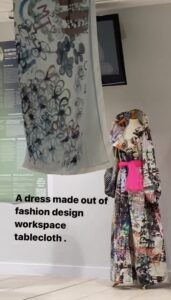

Design council, (2021)
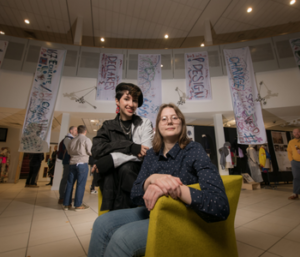
Northumbria, (2022)
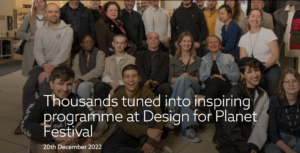
Northumbria, (2022)
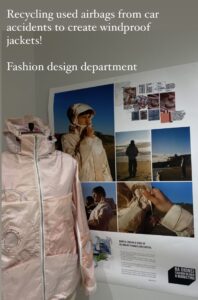
A particular project that piqued my interest was by a fashion communication student that created windproof jackets made from airbag scraps collected from car accidents, the idea I found most inspiring is the clever choice of material to repurpose, I have also created banners that were printed on recycled plastic that were later turned into a dress by the fashion design department. Working alongside a multidisciplinary group has inspired me and opened my eyes to what designers can achieve with the right mindset.
Reference list
Future tense at the 2024 Book Festival (no date) Edinburgh City Festivals. Available at: https://www.edinburghfestivalcity.com/inspiration/315-future-tense-at-the-2024-book-festival (Accessed: 11 November 2024).
Design for planet (2021) Design Council – Design for Planet. Available at: https://www.designcouncil.org.uk/our-mission/ (Accessed: 11 November 2024).
university , northumbria (2022) Thousands tuned into inspiring programme at Design for Planet Festival, Northumbria University. Available at: https://www.northumbria.ac.uk/about-us/news-events/news/thousands-tuned-into-design-for-planet-festivals-inspiring-programme/ (Accessed: 11 November 2024).
council, D. (2022) Design for planet , YouTube. Available at: https://youtu.be/P2nG6ZBOtgk?si=6b-o-vXuPbXzfS4e (Accessed: 11 November 2024).
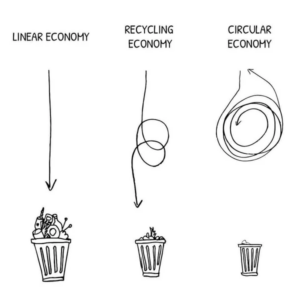





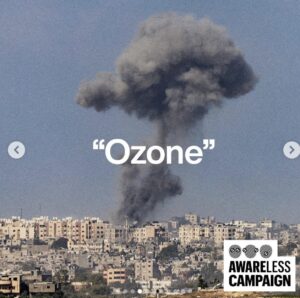
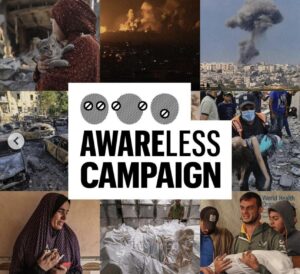
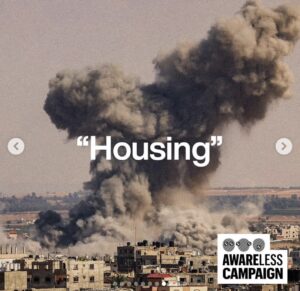
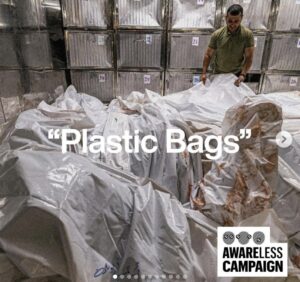
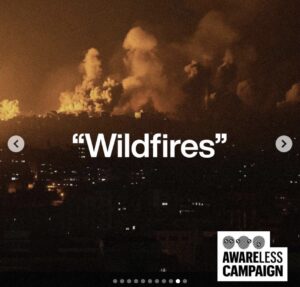




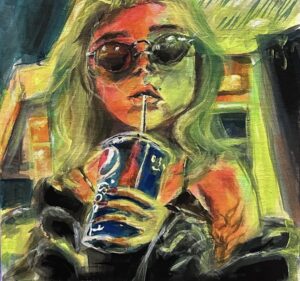
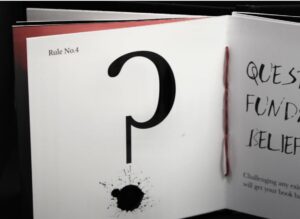
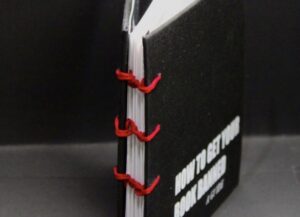
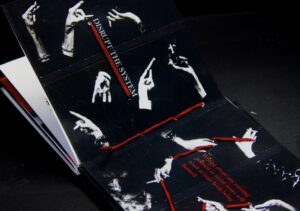
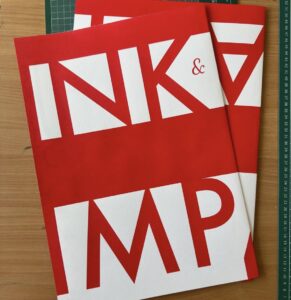

 (Altuntaş, 2021)
(Altuntaş, 2021)
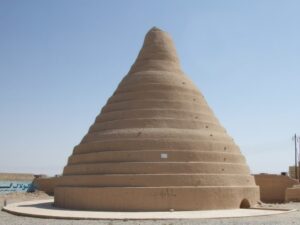 (Altuntaş, 2021)
(Altuntaş, 2021)